In a nutshell
The exhibition Curators in Panic addresses the unpredictable realities of operating a contemporary art museum, presenting unique works by artist Yokoo Tadanori, who has continuously redefined painting since the 1980s. Rooted in the early 2020s — a period marked by the coronavirus crisis and logistical demands from the large-scale retrospective Genkyo Yokoo Tadanori — this show responds directly to the sudden absence of major holdings and the challenges of museum governance. Three participating curators, deeply familiar with the collection, selected their personal favorites not included in the tour, highlighting the profound existence of the artist’s full creative output. This perspective reflects the confusion of managing a cultural facility during a state of emergency. By adopting the curators’ viewpoint, visitors gain an opportunity to freely enjoy the viewing experience and rediscover the rich, constantly changing creative world of Yokoo Tadanori.
Why should you watch this?
Curators in Panic speaks directly to the uncertainties of our present, when cultural institutions and everyday life alike are shaped by disruption and absence. The film captures the uneasy humor of curators calling their own exhibition a “state of emergency,” a phrase that resonates far beyond the museum walls in a world still negotiating the aftershocks of the coronavirus crisis. Their candid voices, recounting both discoveries and setbacks, turn curatorial practice into a deeply human story of resilience and adaptation. Viewers are left with a striking reminder that art, even when interrupted or displaced, continues to create meaning and connection.
Curators
Yu Hayashi
Bio
Yu Hayashi is a Japanese curator at the Yokoo Tadanori Museum of Contemporary Art, known for his work on exhibitions dedicated to Tadanori Yokoo, the celebrated graphic designer and painter. Hayashi has edited several exhibition catalogs that explore Yokoo’s distinctive blend of psychedelic, Pop Art-inspired imagery with traditional Japanese aesthetics.
Atsuo Yamamoto
Bio
Atsuo Yamamoto is a Japanese curator and Chief Curator at the Yokoo Tadanori Museum of Contemporary Art (Y+T MOCA), Kobe. He has held curator roles previously at the Ashiya City Museum of Art & History and the Museum of Modern Art, Shiga. Yamamoto has been closely involved with the establishment of Y+T MOCA since about 2011; the museum opened in November 2012 in a renovated wing of a building originally designed by architect Tōgō Murano. Under his direction, the museum’s holdings have grown to thousands of works and materials — including hundreds of paintings, prints, posters, drawings, photographs and archival boxes — and he oversees the archival, conservation, and exhibition programs. Yamamoto is also known for his interest in post-war Japanese modernism, including the Gutai art movement. He has curated exhibitions and contributed publications about Gutai members such as Saburo Murakami.
Megumi Hirabayashi
Bio
Megumi Hirabayashi is curator at the Yokoo Tadanori Museum of Contemporary Art, Kobe. She previously worked at the 21st Century Museum of Contemporary Art, Kanazawa, and with Gifu Prefectural Museum Hida. Hirabayashi plays a central role in managing Yokoo’s archives, selecting both finished and in-process works for exhibition, and she champions displays that reveal not only Yokoo’s iconic finished pieces but also his sketches, idea notebooks, and lesser-seen creative material.
Artist
Tadanori Yokoo
Bio
Tadanori Yokoo (born 1936 in Nishiwaki, Hyogo, Japan) is a celebrated Japanese graphic designer, illustrator, printmaker, and painter, widely recognized as one of Japan’s most influential contemporary artists. After a successful career in graphic design in the 1960s and 70s, where he gained international acclaim for his psychedelic, pop art-infused posters and album covers, he shifted his focus to painting in 1981. Yokoo’s work is characterized by its vibrant colors, intricate collages, and a unique blend of Japanese tradition with Western influences, often exploring themes of mysticism, the subconscious, and the human condition. His diverse career and unconventional approach have left an indelible mark on both Japanese and international art.

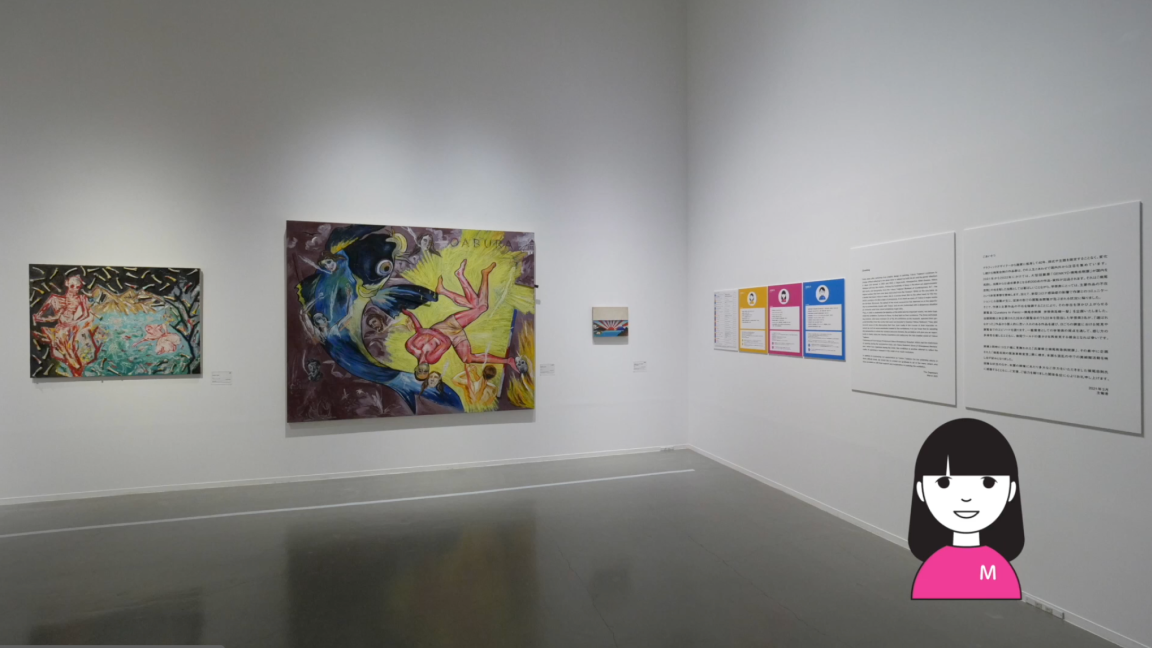
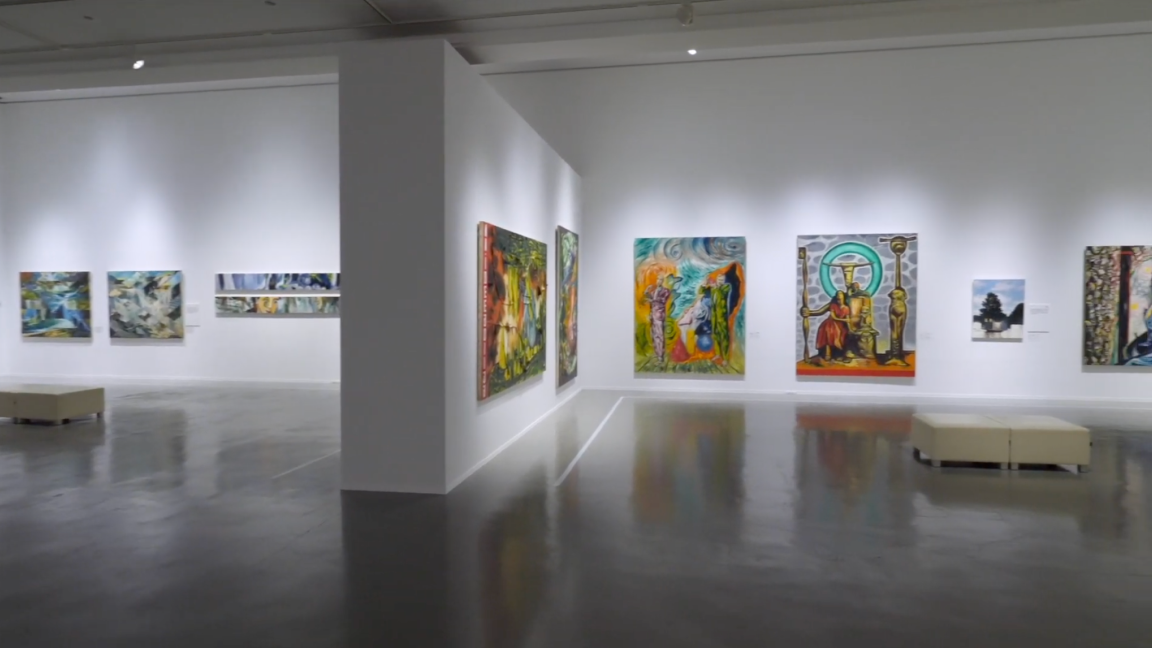
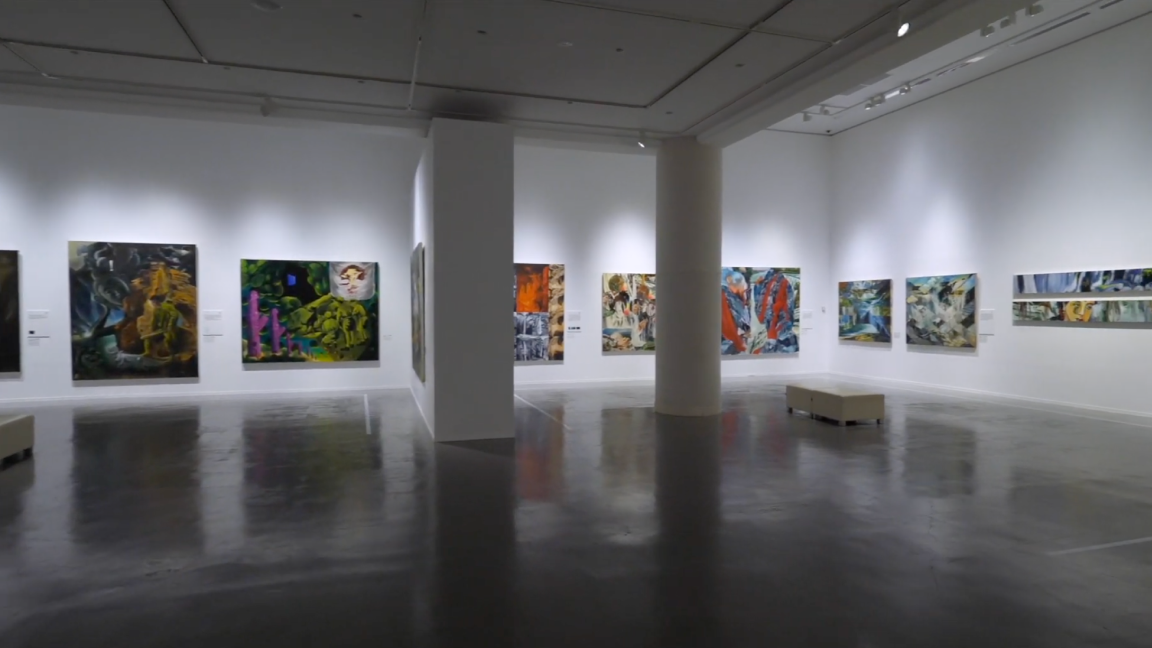
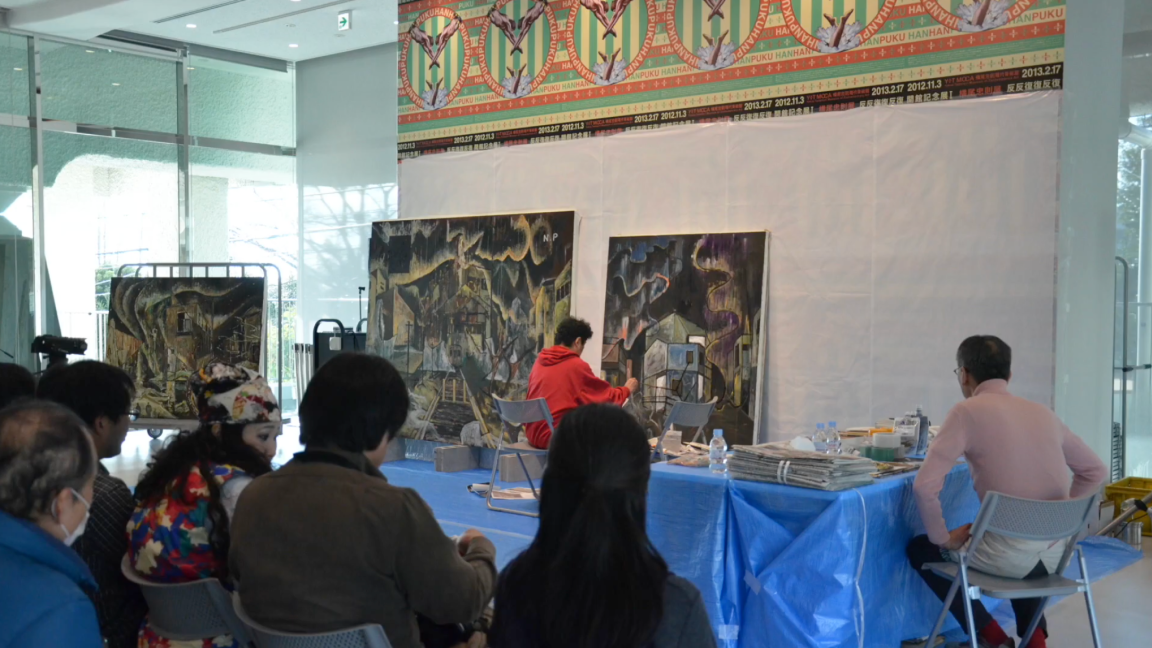
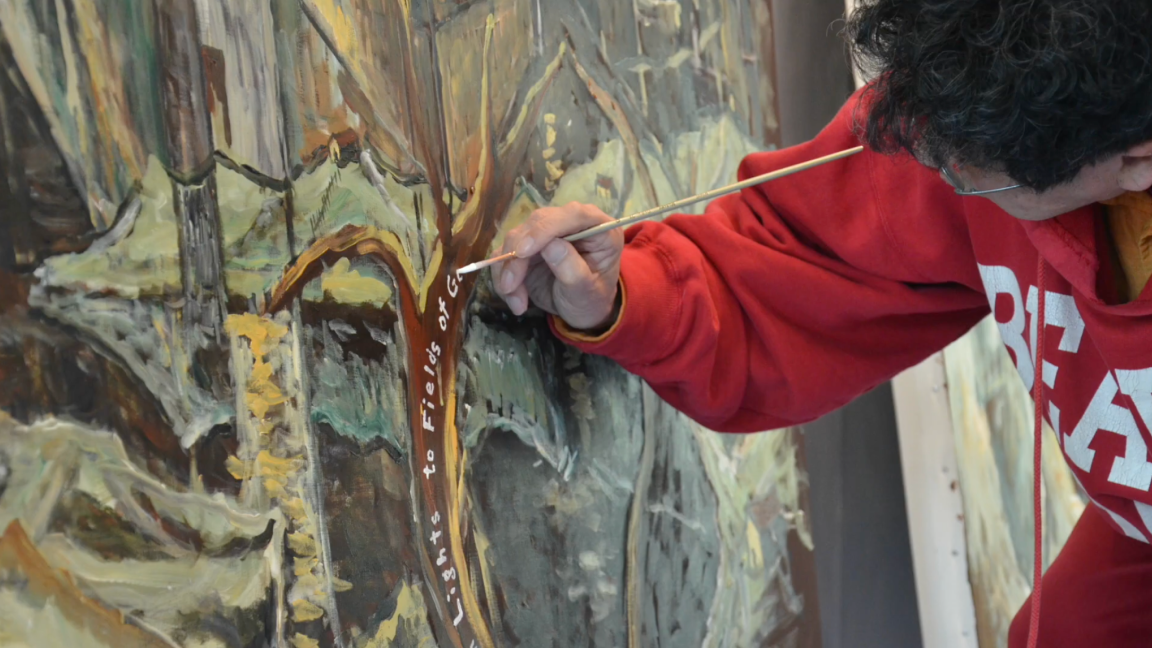
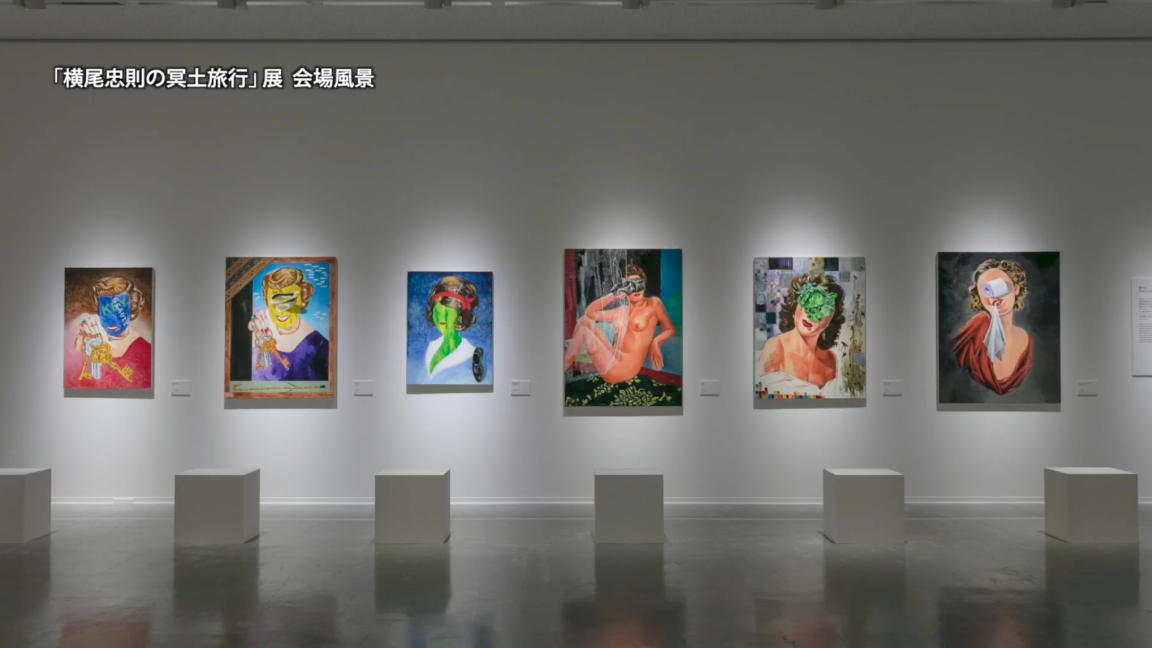
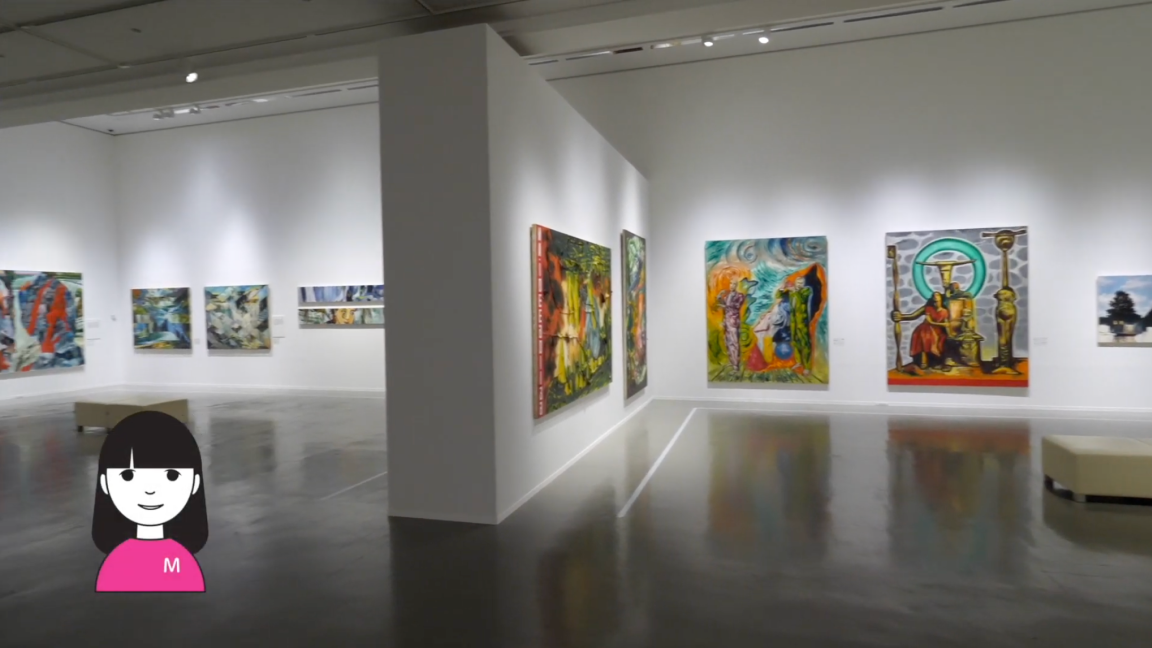
 Japanese, English
Japanese, English